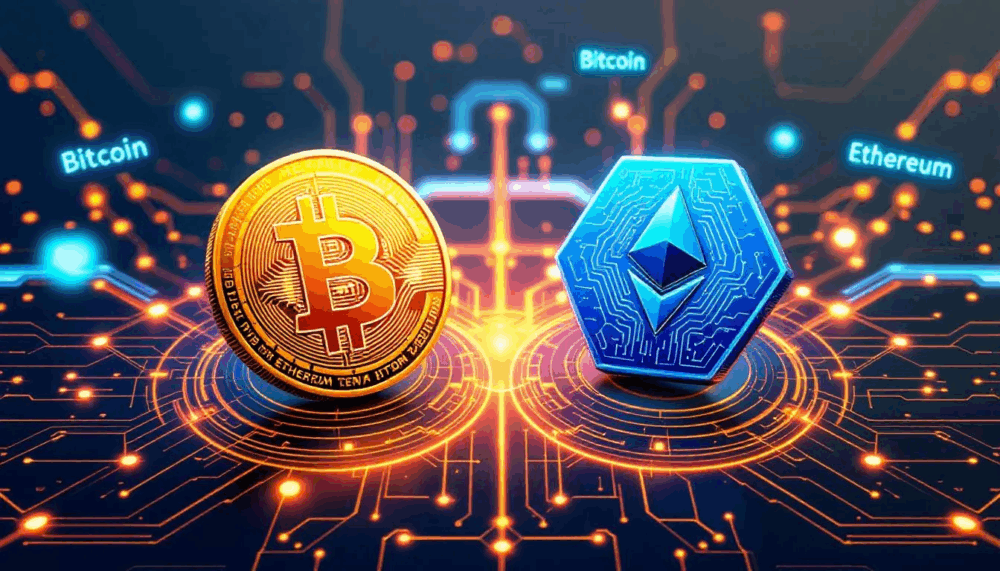Decentralised exchanges, or DEXs, are a type of cryptocurrency exchange that operates on a peer-to-peer network. Unlike centralised exchanges, DEXs do not have a central authority that controls the exchange of cryptocurrencies. Instead, trades are executed through smart contracts that run on the blockchain. In this guide, we will discuss the steps involved in using a DEX for trading Bitcoin, Ethereum, and altcoins.
Step 1: Choose a DEX
There are many DEXs to choose from, each with its own unique features and benefits. Some of the most popular DEXs include Uniswap, SushiSwap, and PancakeSwap. It’s important to do your research and choose a DEX that meets your specific needs. You should consider factors such as fees, liquidity, security, and the variety of cryptocurrencies offered.
Step 2: Connect Your Wallet
The first step to using a DEX is to connect your wallet. DEXs typically support a variety of wallets, including MetaMask, MyEtherWallet, and Trust Wallet. Once you’ve connected your wallet, you can access your cryptocurrency holdings and start trading.
Step 3: Add Funds to Your Wallet
The next step is to add funds to your wallet. You can typically fund your wallet using a variety of payment methods, such as bank transfers, credit cards, or digital wallets. Make sure to check the fees and processing times associated with each payment method before making your deposit.
Step 4: Trade Cryptocurrencies
Now that your wallet is funded, you can start trading cryptocurrencies. DEXs allow you to trade a wide range of cryptocurrencies, including Bitcoin, Ethereum, and various altcoins. Choose the cryptocurrency you want to buy, enter the amount you want to purchase, and place your order. The DEX will then execute the trade through a smart contract that runs on the blockchain.
When you’re ready to sell your cryptocurrency, simply enter the amount you want to sell and the price you’re willing to sell it for. The DEX will then execute the trade through a smart contract that runs on the blockchain.
Step 5: Secure Your Wallet
It’s important to take steps to secure your wallet to prevent unauthorised access. This includes enabling two-factor authentication, using a strong and unique password, and avoiding sharing your login details with anyone.
Step 6: Additional Services
In addition to buying and selling cryptocurrencies, some DEXs offer additional services such as liquidity provision and yield farming.
Liquidity provision involves adding liquidity to the DEX’s pools. This is a way for users to earn passive income while supporting the liquidity of the DEX.
Yield farming involves using cryptocurrency holdings to earn additional cryptocurrency rewards. This is a high-risk, high-reward strategy that requires a good understanding of the market.
Step 7: Withdraw Your Funds
When you’re ready to withdraw your funds, simply go to the withdrawal page on the DEX and choose the payment method you want to use. Make sure to double-check that you’re withdrawing to the correct address or account before submitting your withdrawal request.
In conclusion, using a DEX to trade Bitcoin, Ethereum, and altcoins can be a new and exciting experience for cryptocurrency traders. By understanding the steps involved in using a DEX and the additional services they offer, you can take advantage of the benefits of trading cryptocurrencies on a peer-to-peer network. Remember to take the necessary steps to secure your wallet and choose a reputable DEX that meets your needs. With the right approach, you can trade cryptocurrencies with confidence and stay ahead of the curve in the rapidly evolving world of digital assets.








